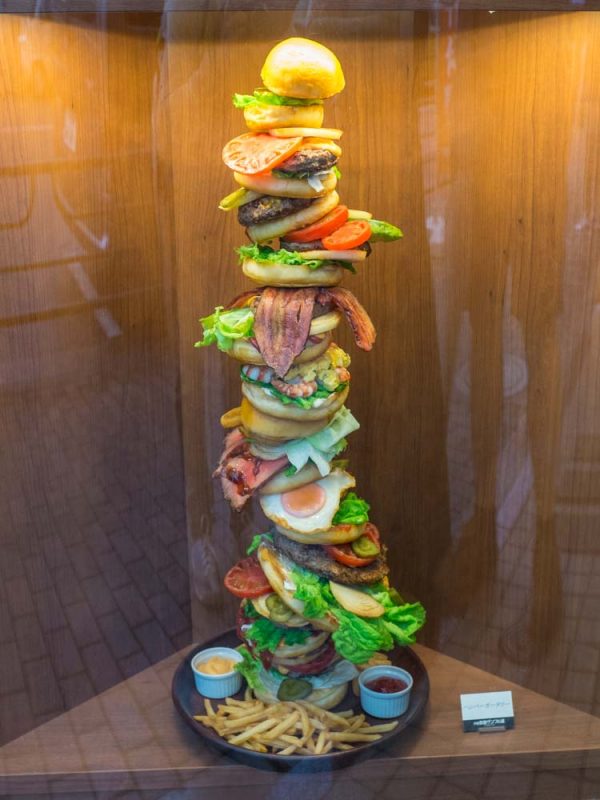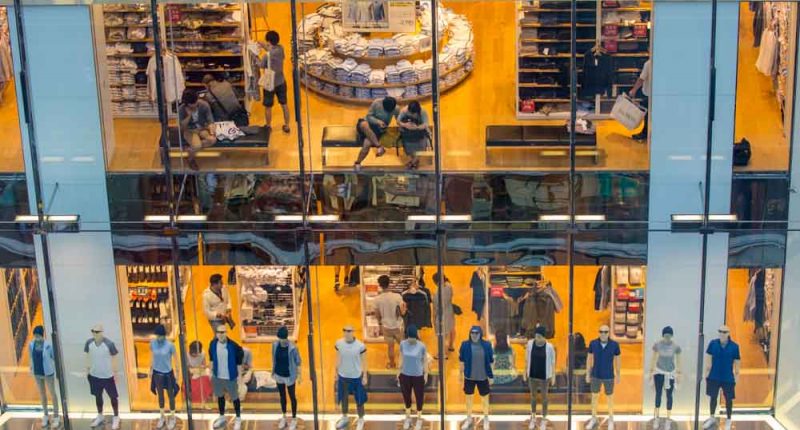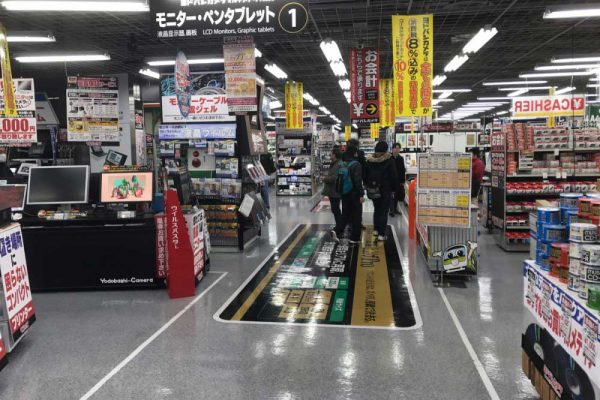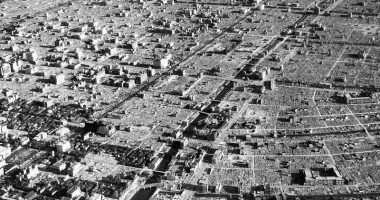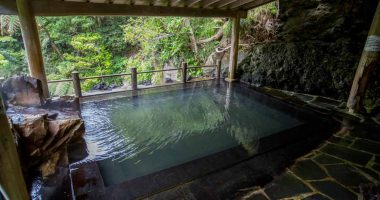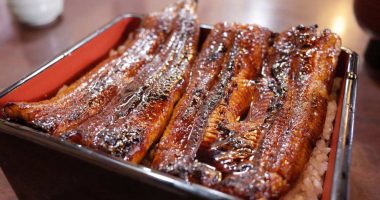There are several main shopping districts in Tokyo, and which one is best very much depends on what you’re after. The main department stores, shopping malls, and streets in Tokyo are listed below.
Clothes & General Merchandise
Department stores are just about everywhere in the capital, but the best place to shop depends on your tastes and budget. Below is an overview of the major shopping districts.
Shibuya is a great place for young adults to shop for the latest trends. The department stores Shibuya Mark City, Hikarie, Marui, Shibuya 109—the most famous clothing store in Tokyo among young females—are all located within 5 minutes of the station. You also have boutique stores and Japanese brands a little further into the Udagawacho and Jinnan area. Shibuya offers a similar shopping experience to Shinjuku but with more domestic brands and less upmarket Western brands (e.g. Gucci, Dior, etc.).
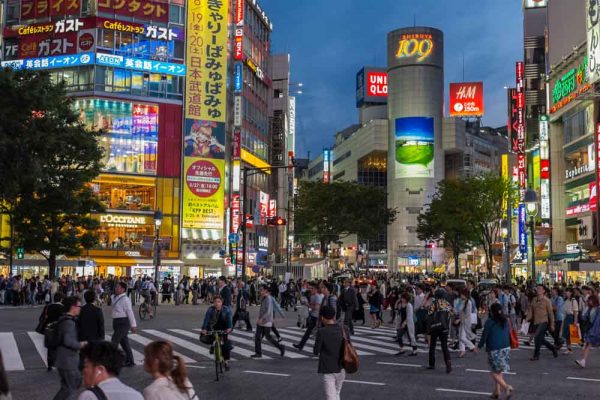
Shinjuku is probably the best one-stop shopping district. The upmarket department stores of Marui, iSetan, and Mitsukoshi have flagship stores within 10 minutes of the station, and the likes of Uniqlo, Zara, and H&M have major branches in the east-side commercial district. Takashimaya and Tokyu Hands can be found across from the southern plaza. Not that you even need to leave the station: it is home to underground shopping malls, department stores (LUMINE, MyLord), and food halls.
Ikebukuro is a major shopping district and most of the department stores have branches here. The problem is that it offers the same sort of shopping experience as Shinjuku or Shibuya but just not on quite such a big scale.
Harajuku is a bit of a mixed bag. Takeshita Dori is all about glam and glitz at cheap prices, and is massively popular with teenage girls, but as you move towards Omotesando Dori the stores move considerably upmarket. Cat Street is also worth mentioning for outdoor gear (Burton, Oakley, Patagonia have branches here).
Omotesando is one of Tokyo’s most famous shopping streets, and is an excellent choice for those in search of boutique brands (Kate Spade, Maison Margiela, etc.). Omotesando Hills, with its spiraling walkway spanning several floors, is good for luxury brands.
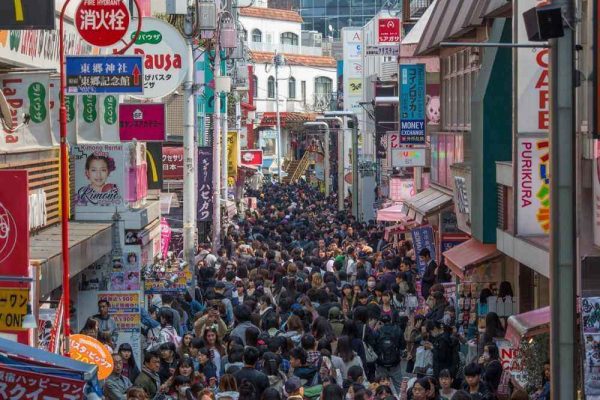
Jimbocho offers the widest variety of outdoor clothing and gear in one place (specifically winter skiing equipment). The stores span several floors, but items are often crammed together on racks and shopping is not exactly pleasurable.
Ginza is Tokyo’s Regent Street or Fifth Avenue. If luxury brands are your thing, look no further. For those with less expensive tastes Chuo Dori also contains the flagships stores of Uniqlo, Zara, and H&M—often with tax-free counters.
Electronics
Tokyo’s three main electronic store chains are Yodobashi Camera, Bic Camera, and LABI (Yamada Denki), of which Bic Camera has the biggest presence. Branches of all three are typically spread out over several floors and sell anything from figurines and board games to robotic vacuum cleaners and home cinema systems.
Bic Camera has stores in Ikebukuro, Yurakucho, Shinjuku, and Shibuya; however, the giant among giants is Yodobashi Camera in the Akiba building—six floors selling the latest and greatest of every possible electronic consumer good. If it has a current running through it, it will be on a shelf here. Moreover, all items are out on display for you to try before purchasing, and the staff are knowledgeable and helpful (English speaking staff are usually on hand). It also has a dedicated tax-free service counter.
Food
The upmarket department stores such as iSetan, Parco, and Mitsukoshi all have food halls on the basement floor. It’s hard to classify these places as supermarkets; they are more akin to individual delicatessens that have congregated together to create a sort of retro, early twentieth century shopping experience—forget conveyor belts, self-service checkouts, and self-packing. The prices aren’t cheap, but the food on display—from pre-made salads to regional delicacies—is so tempting that walking in on an empty stomach invariably results in walking out with an empty wallet. For traditional snacks such as dried fish and Japanese rice crackers, the outer market of Tsukiji Fish Market and the market stalls of Ameya Yokocho in Ueno are also good options.
Souvenirs & Gifts
For high-quality souvenirs (Japanese glasses, crockery, arts and crafts, etc.), Tokyu Hands and LOFT are both superb. Don Quijote (sometimes called DON.K!) sells just about any accessory and gadget you could ever (not) want, but if you are looking for something strange to take back home or just want to browse for amusement then it’s worth a look. Tokyu Hands, LOFT, and Don Quijote all have stores in Shibuya. For Japanese crockery head to Kappabashi Kitchenware Town. Sake carafes, plates, and hand-made porcelain can be bought for much less than at the department stores. The plastic “fake food” also makes for a good quirky gift. For finer goods (e.g. kimono, yukata) then you’re best to head to Nihombashi (Coredo Muromachi is a good place to start).
